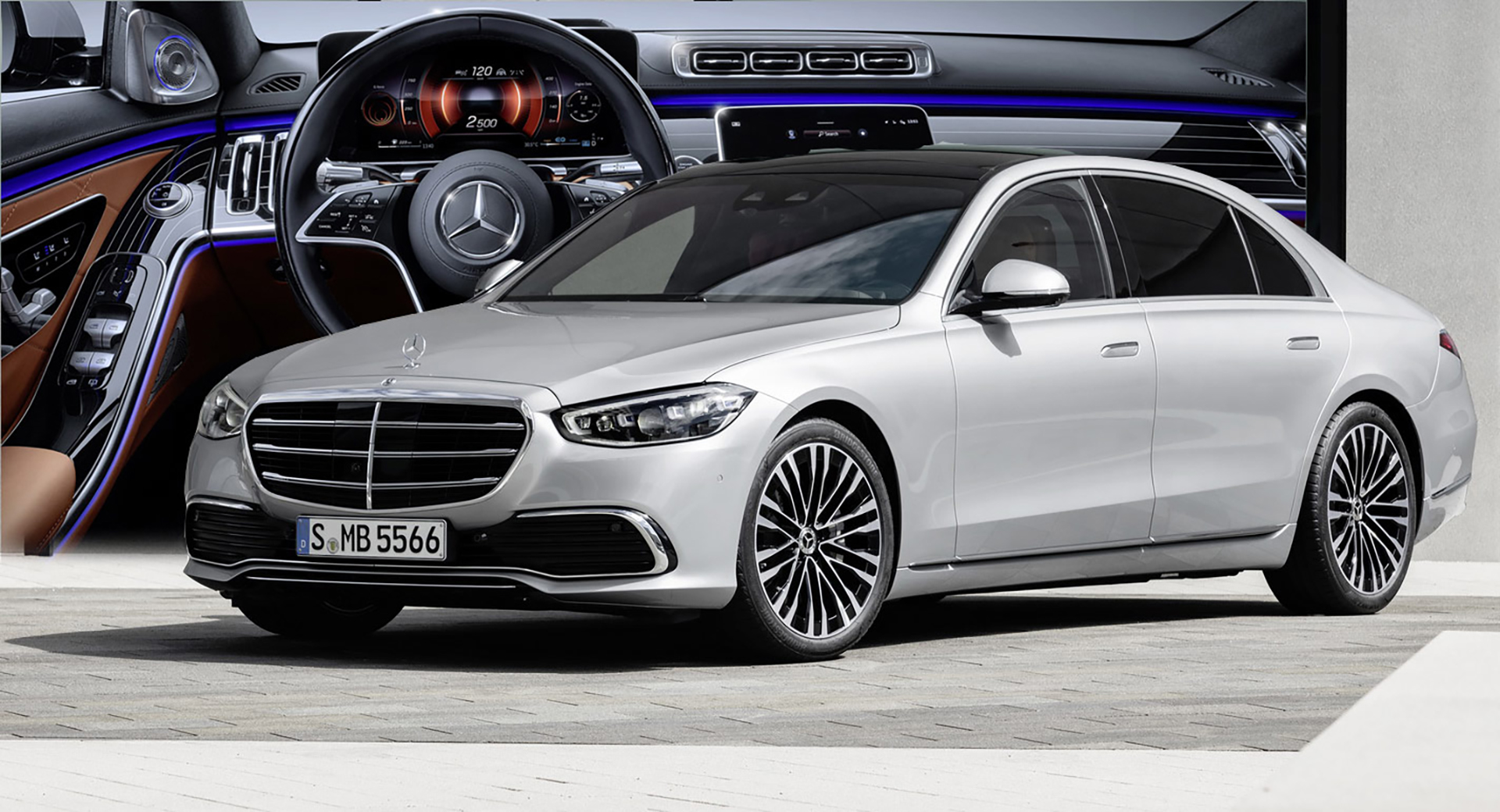i'd prefer not to get bogged down with nonsensical semantic arguments about the use of the word works, the word can really mean whatever you want it to, or rather its defined by the context of the sentence in which its used. i think we technically both agree on the reality, seems silly to go down that rabbit hole haha.
to the later half of your comment... yeah they defiantly are taking the hail mary approach lol, that said all the pieces of a self driving car theoretically exist already. our software and computing technology is sophisticated enough (or can be) and our hardware is good enough to be better than human senses (by "our" i mean humans not tesla lol). so really someone doing it is inevitable, thus the reason you see such saturation in the development by so many companies.
and to your point about the big players, yes they all have tech that could be applied to a self driving car, and in some cases that particular piece might be better (AI, processor manufacturing), but that in no way guarantees success, many of those companies have hundreds of prodcuts they've abandoned, apple was supposed to have a self driving car by now i think (yes just like tesla lol). then considering to the biggest players, a self driving car is a "project", not their sole marketable product, i'd argue that tesla's far more aggressive approach will ultimately bridge the gap faster (to the goal of a level 5 car), of course thats just my opinion
one thing i think as time goes on we will have to redefine what a self driving car actualy is. if my car can dive itself but cannot leave a 40 mile radius or is only allowed on specific routes / sections of road, is that really self driving or a gimik? likewise, if my car can drive me anywhere in the US but i have to be in the drivers seat and "ready to take over" is that not self driving? i know the "levels" would answer those questions, but i think the levels themselves are in need of further definition. there's theory and there is practical reality. just imho




